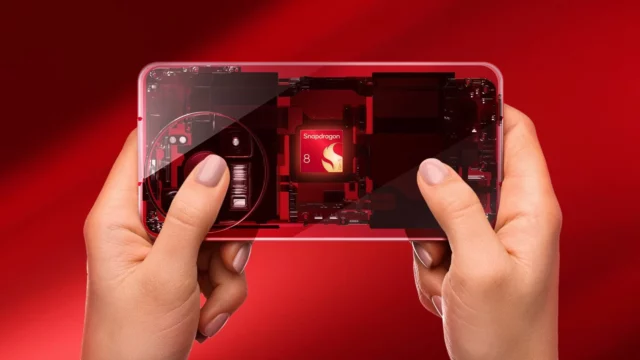Elon Musk and Jeff Bezos, two of the world’s wealthiest entrepreneurs, are competing for a goal that could revolutionize space travel: refueling spacecraft in orbit. The successful implementation of this technology will make deep space missions like the Moon and Mars much more accessible.
Space Refueling Stations Will Be Built
One of the biggest obstacles to space travel is the massive fuel load carried by rockets. Fuel accounted for 85 percent of the total weight of the Saturn V rocket used in the Apollo program. This limits the payload capacity and range of spacecraft.

However, if spacecraft could be refueled in orbit, they could launch lighter from Earth and carry more payload and crew to deep-space destinations. This approach could significantly reduce the cost of space exploration.
However, refueling in orbit is not easy. One of the biggest challenges is safely storing liquid fuels at extremely low temperatures in space. In microgravity, fuel moves uncontrollably within the tank, complicating transfer.
To address this issue, NASA successfully tested cryogenic cooling systems in recent weeks. These systems demonstrate that fuel can be stored for years without evaporating.
SpaceX and Blue Origin are taking different approaches to these challenges. SpaceX plans to use a Starship as an in-orbit fuel depot for the Artemis program. Other Starship tankers will fill this depot, and the crewed lander destined for the Moon will then refuel from there.
However, this scenario is rumored to require 10 to 40 flights. Elon Musk has stated that in-orbit refueling is key to sending a crewed mission to Mars.
Blue Origin is taking a different approach with its massive New Glenn rocket. The company will create a “transporter” system to transport fuel from Earth orbit to lunar orbit. This fuel will be used in the lander, which will be prepared for the crewed lander arriving on another spacecraft. NASA is also considering this method for the Artemis program.
While some experts argue that these technologies will not be ready in the near future, both billionaires are continuing their projects without slowing down. The ability to refuel in orbit is becoming critical for deep space travel, especially in order not to miss the “launch window” that opens every 26 months to Mars.













